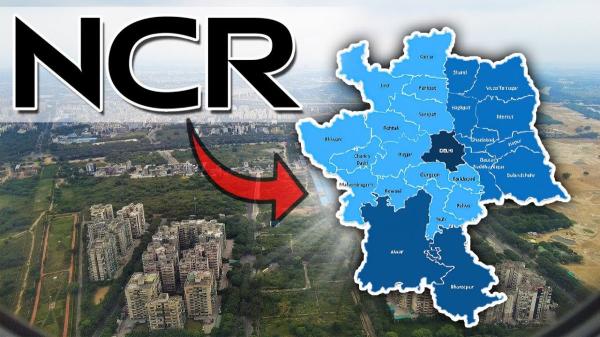The local weather division acknowledged that that is due to icy northeasterly winds from the snow-covered mountains have already started blowing in route of the plains, as reported by PTI.
The western disturbance, which had launched reprieve from a cold spell in large swathes of north and northwest India, has begun to retreat, it acknowledged.
Large components of north and northwest India recorded below-normal most and minimal temperatures on most days this month sooner than the western disturbance launched help, PTI reported citing an IMD official.
This was on account of a layer of dense fog persisting over the Indo-Gangetic plains for the earlier 10 to 11 days and an enormous gap between two western disturbances that allowed frosty winds from snow-clad mountains to blow in for a longer-than-usual interval, he added.
The local weather office had earlier predicted the temperatures to plummet in Delhi-NCR subsequent week, forecasting the minimal temperature to settle spherical 3 ranges Celsius.
The local weather office moreover predicted shallow fog for Sunday with the utmost and minimal temperatures more likely to settle spherical 17 and 7 ranges Celsius, respectively.
Apart from this, it has moreover forecast a cold wave over many places in Delhi-NCR between Monday and Wednesday.
Earlier, theIMD had moreover predicted denseto very dense fog probably in some components of Punjab, Haryana, Chandigarh and Delhi on 15 January. As per IMD spherical, in isolated pockets over Uttar Pradesh. Dense fog in isolated pockets over Jammu division, Himachal Pradesh, Uttarakhand, north Madhya Pradesh and Bihar may be anticipated with chilly day circumstances probably in isolated pockets over Uttar Pradesh, the spherical study.
Speaking of temperatures on Saturday, the minimal temperature inside the nationwide capital settled at 10.2 ranges Celsius, three notches above the seasons frequent. The utmost temperature was recorded at 18.4 ranges Celsius, two notches underneath common.
In Punjab, the persevering with chilly circumstances intensified on Saturday, with mercury extra dipping at many places.
Bathinda and Amritsar reeled beneath excessive chilly as minimal temperatures hovered close to the freezing stage. Bathinda recorded a low of 0.6 ranges whereas the minimal temperature in Amritsar settled at 1.2 ranges. The utmost temperature in Chandigarh settled at 13 ranges Celsius, whereas the minimal temperature was at 11.4 ranges.
The regional Met centre acknowledged in Gurdaspur and Moga, which recorded minimal temperatures of 4 ranges Celsius each, the utmost temperature was at 15 ranges and 14 ranges, respectively. Ludhiana recorded a most temperature of 16.6 ranges Celsius and Patialar reported 15.6 ranges.
The utmost temperature in Mohali was recorded at 13.4 ranges Celsius. In Haryana, Ambala recorded a most temperature of 14 ranges Celsius. The utmost temperature in Sirsa settled at 17.5 ranges Celsius, 15.5 ranges in Hisar, 14.8 ranges in Rohtak, 14.7 ranges in Bhiwani.
Throughout the plains, a cold wave is asserted if the minimal temperature dips to 4 ranges Celsius or when its 10 ranges and 4.5 notches underneath common. A excessive chilly wave is when the minimal temperature dips to 2 ranges Celsius or the departure from the normal limits is by higher than 6.4 notches. A cold day is when the minimal temperature is decrease than or equal to 10 ranges Celsius and the utmost temperature is a minimal of 4.5 notches underneath common.
A excessive chilly day is when the utmost temperature is a minimal of 6.5 notches underneath common. In Himachal Pradesh, Manali acquired 23 cm of snow adopted by 16 cm each in Khadrala and Shillaro, 12 cm in Kufri, 10 cm in Bharmour, 6 cm each in Shimla and Gondla, 4 cm each in Dalhousie and Kalpa and three cm each in Hansa and Keylong.












Drop Your Comments (0)